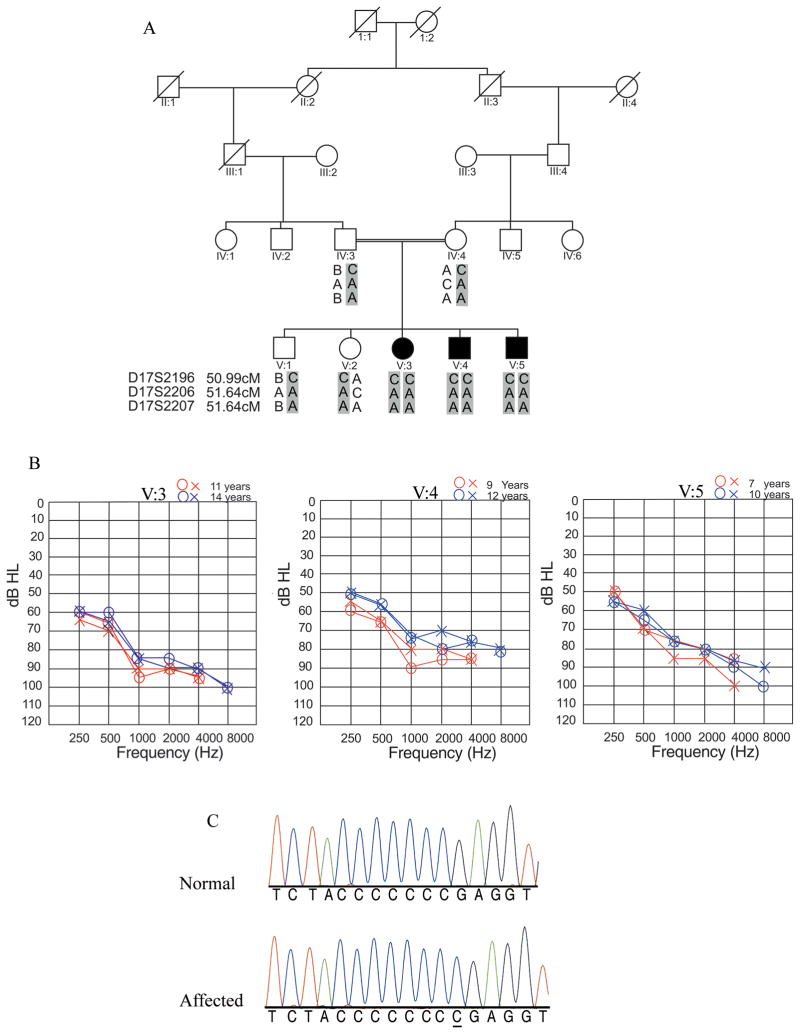Figure 1. Phenotypic and genetic analysis for family HLRB3.
A) Pedigree of HLRB3 along with haplotypes for markers on chromosome 17p11.2. Genetic distances of markers in cM are taken from Rutgers’ human genetic map. Affected individuals are homozygous for alleles of markers D17S2196, D17S2206 and D17S2207. The gray bar highlights the haplotype carrying the disease allele. Different sizes of alleles are denoted by letters (A, B and C).
B) Audiograms for all affected family members of family HLRB3. Audiometry was conducted at two different age groups (11, 9, 7 and 14, 12, 10) for the affected children V: 3, V: 4 and V: 5 respectively. “O” indicates air conduction for right ear, while “X” indicates air conduction for left ear. Audiograms of all affected individuals in family HLRB3 revealed moderate to severe hearing loss at two different time intervals.
C) A single base pair homozygous duplication of cytosine (c.1185dupC) in a stretch of seven “C” nucleotides was identified in DNA of affected individuals of family HLRB3 segregating with the phenotype. The duplication is underlined in the trace from the affected individual.

